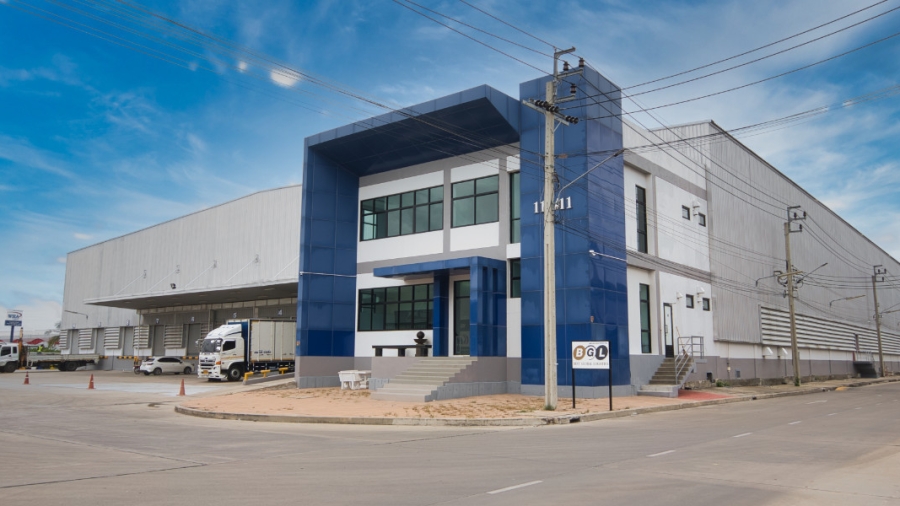When it comes to real estate, the mantra is often *location, location, location.* But does this principle apply to industrial real estate, particularly for distribution centers (DCs) and warehouses? Surprisingly, the answer may not be as straightforward as you think. While location plays a role, other factors are equally, if not more, critical. Let’s explore why.
The Role of Distribution Centers in Supply Chains
In an ideal world, warehouses might not even be necessary. A Just-In-Time (JIT) supply chain, where products flow seamlessly from supplier to customer, would eliminate the need for DCs altogether. However, the real world is far from ideal. Fluctuating demand, inconsistent supply, and unforeseen disruptions necessitate the use of warehouses as buffers to maintain service levels.
The Key Question: Does Location Truly Matter?
Businesses often seek help in designing or choosing a new DC location, typically when their existing facilities can no longer handle demand. While this decision is critical, it’s important to first assess whether new facilities are even required. Optimizing current warehouse capacity or implementing supply chain improvements can sometimes eliminate the need for expansion.
However, when new facilities are essential, the question remains: how important is location? It’s easy to be swayed by the appeal of logistics hubs, distribution parks, or even dedicated “logistics cities” like Dubai. But the reality is that while location is significant, it’s not the sole determinant of success.
Breaking Down Warehouse Costs
To better understand how location affects warehouse operations, it’s helpful to examine how costs behave as distribution networks grow:
- Storage Costs: Increase with the number of facilities due to added fixed costs.
- Inventory Holding Costs: Rise as safety stock requirements grow with more locations.
- Primary Transport Costs: Increase as goods travel more kilometers within the network.
- Customer Delivery Costs: Decrease as more facilities bring warehouses closer to customers.
- Systems Costs: Increase due to the need for additional licenses, interfaces, and hardware.
The challenge lies in balancing these costs to minimize total expenditures while maintaining service levels.
What Drives Warehouse Location Decisions?
Several key factors influence the choice of warehouse location:
1. Transportation Infrastructure
Proximity to highways, railways, ports, and airports can drastically reduce transportation costs and delivery times.
2. Labor Market Availability
Access to a skilled workforce with competitive wages ensures smooth operations. Look for areas with existing logistics expertise and educational institutions for training.
3. Proximity to Suppliers and Customers
Warehouses located near suppliers and customer bases reduce lead times and transportation costs.
4. Local Regulations and Zoning Laws
These can affect construction and operations, from building codes to operating hours.
5. Environmental Considerations
Climate, energy costs, and natural hazards like flooding or earthquakes play a role in long-term operational viability.
6. Utility Availability and Costs
Reliable and affordable access to electricity, water, and internet is essential for modern warehouses.
Impact of Location on Warehouse Operations
Efficiency and Effectiveness
Being close to transportation hubs, suppliers, and customers minimizes lead times, improves inventory turnover, and boosts productivity.
Cost Management
Strategic locations reduce transportation and labor costs while providing flexibility in shipping methods.
Operational Layout
Thoughtfully designed warehouses in optimal locations improve storage efficiency and streamline operations.
A Real-World Example
Consider a company operating a fleet of 400 delivery vehicles. A location move that places the warehouse 30 minutes further from its primary customer base could increase daily driving time by an hour for each vehicle. The result? Additional fleet costs of $3.6 million per year. This highlights how even minor location changes can have significant cost implications.
Rethinking the Warehouse Location Mantra
For residential or retail real estate, it’s all about location. But for warehouses, the mantra shifts. While location is important, it’s rarely the *most* important factor. Instead, focus on achieving:
1. Lowest Overall Cost
2. Best Overall Service
3. Access to the Right Infrastructure
By evaluating these elements, businesses can make informed decisions that balance costs, service levels, and future growth potential—ensuring the supply chain runs smoothly and efficiently.



